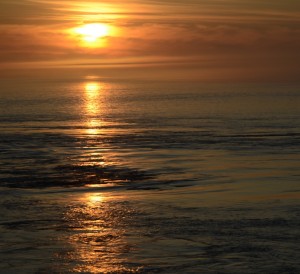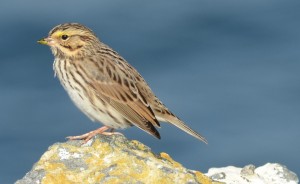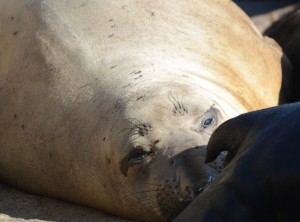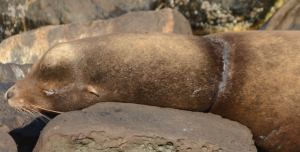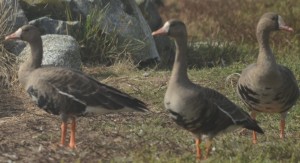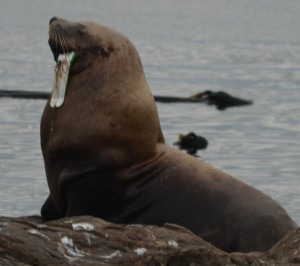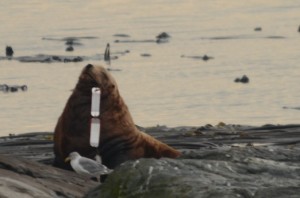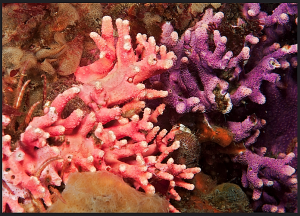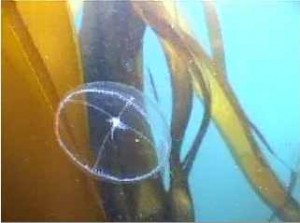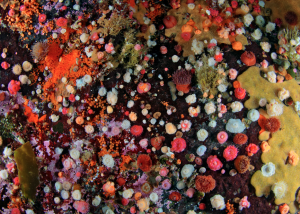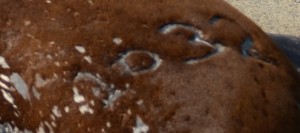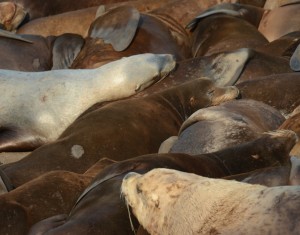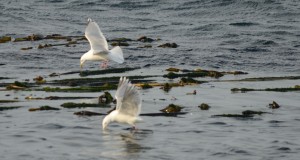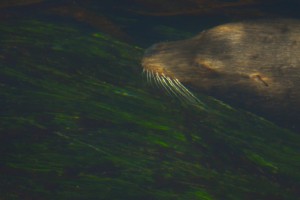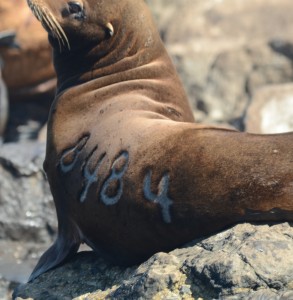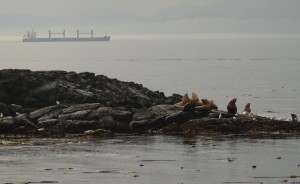There was measurable rain last night and this morning for the first time in a long time, followed by fairly thick fog. Eventually the fog burned off and the northeast wind chased it out of the Strait. Although it is now blue sky above, it seems to be the donut hole with clouds all around, so expect more showers and outflow winds. The barometer started climbing out of the hole early this morning and kept climbing most of the day, until leveling off late afternoon. On the satellite, it looks like the first pineapple express of the season and we are in the lee of the Olympic Mountains.
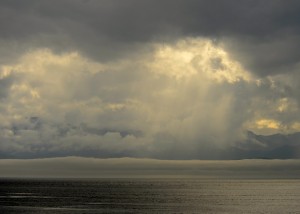
Rain, sunshine and fog, with god-rays for good measure.
There was only one whale watching boat today ‘Gold Wing’, one recreational boat and a couple of commercial charter vessels.
The second of three first year Marine Science classes came for a field trip today. Their quest was similar to yesterday’s class; to make first-hand observations and enter their notes and drawings into their field journals and to add to their species lists. I added consumption of warm fruit crumble, with very Canadian maple syrup to their to do list and the students seemed to enjoy the whole process.
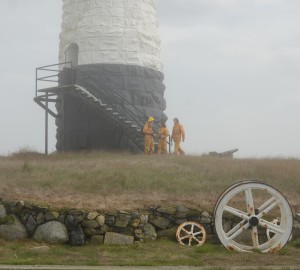
Students making discoveries.
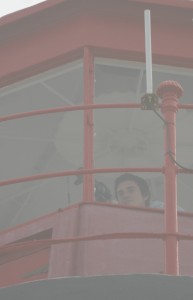
Canadian student observing from the top of the tower.
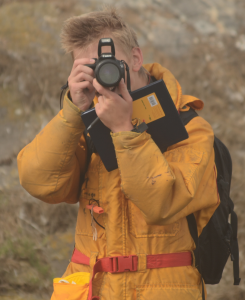
Journal and camera at the ready for marine science observations.
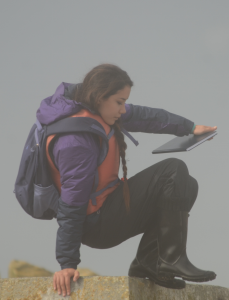
Hang on to that journal. You will need to keep track of it for two years.
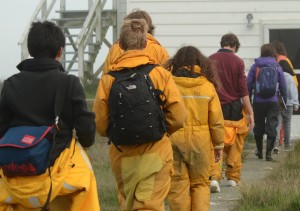
Class meeting at the ecoguardian house.
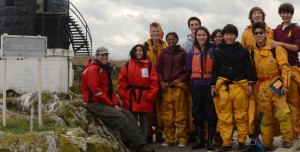
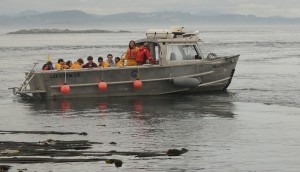
Second Nature departing with Courtney at the helm.
The California Sea Lions seem to be disturbed by the rain and spent the night making a lot of noise. In the morning most of them moved into the water when the rain started again. Could it be that there hasn’t been much rain where they have been? So far we have brands from the Channel Islands, Rogue Reef in southern Oregon and the Columbia River in northern Oregon.
We had some new arrivals today in the form of a flock of very tired Surfbirds. They slept most of the day. Their breeding grounds are in the mountains of the Yukon and in Alaska and they winter here on the coast.
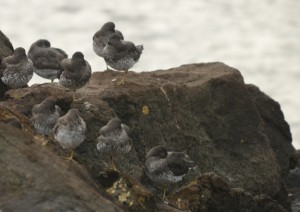
Surfbirds arrived today and rested.
There were also a couple of Western Sandpipers flitting about today. They breed in western Alaska and are heading south, just passing through here. If they are looking for biofilm, Race Rocks is covered in it, even though with its’ high current and rocky substrate, it is the opposite of a mudflat, it has such a massive concentration of life that there is food for eveyone. I saw more Black Oystercatchers today than I have in a couple of weeks. They are one of my favourite birds.
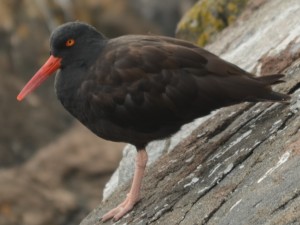
Black Oystercatchers are very jazzy birds. They have the most spartan nests imaginable. The adult pairs are quite site fidel.
I am preparing to attend an international workshop on ocean literacy, followed by the European Marine Science Educator’s Conference. Also trying to trouble-shoot the Davis wind direction data, which is reading greater than 360o. All the normal, potential problems seem fine, so it is still a mystery. Regular tasks like making power, making water, testing the seawater, taking photos of branded animals and generally fighting entropy, continue. Here is another photo for Garry of sea lions in the foreground and shipping in the not too distant background.
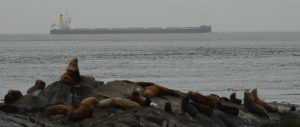
Race Rocks Ecological Reserve is located adjacent to a very busy shipping lane.

